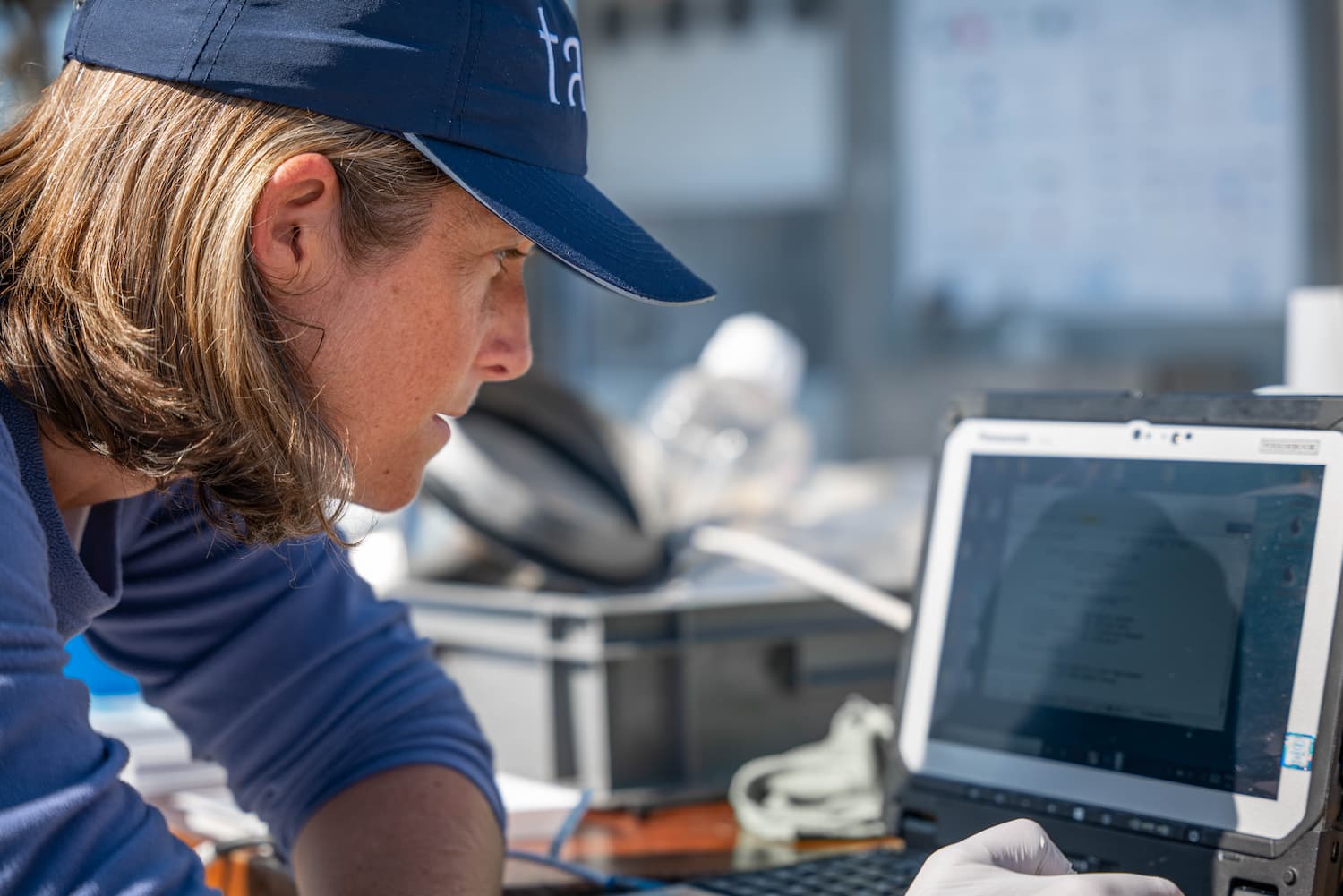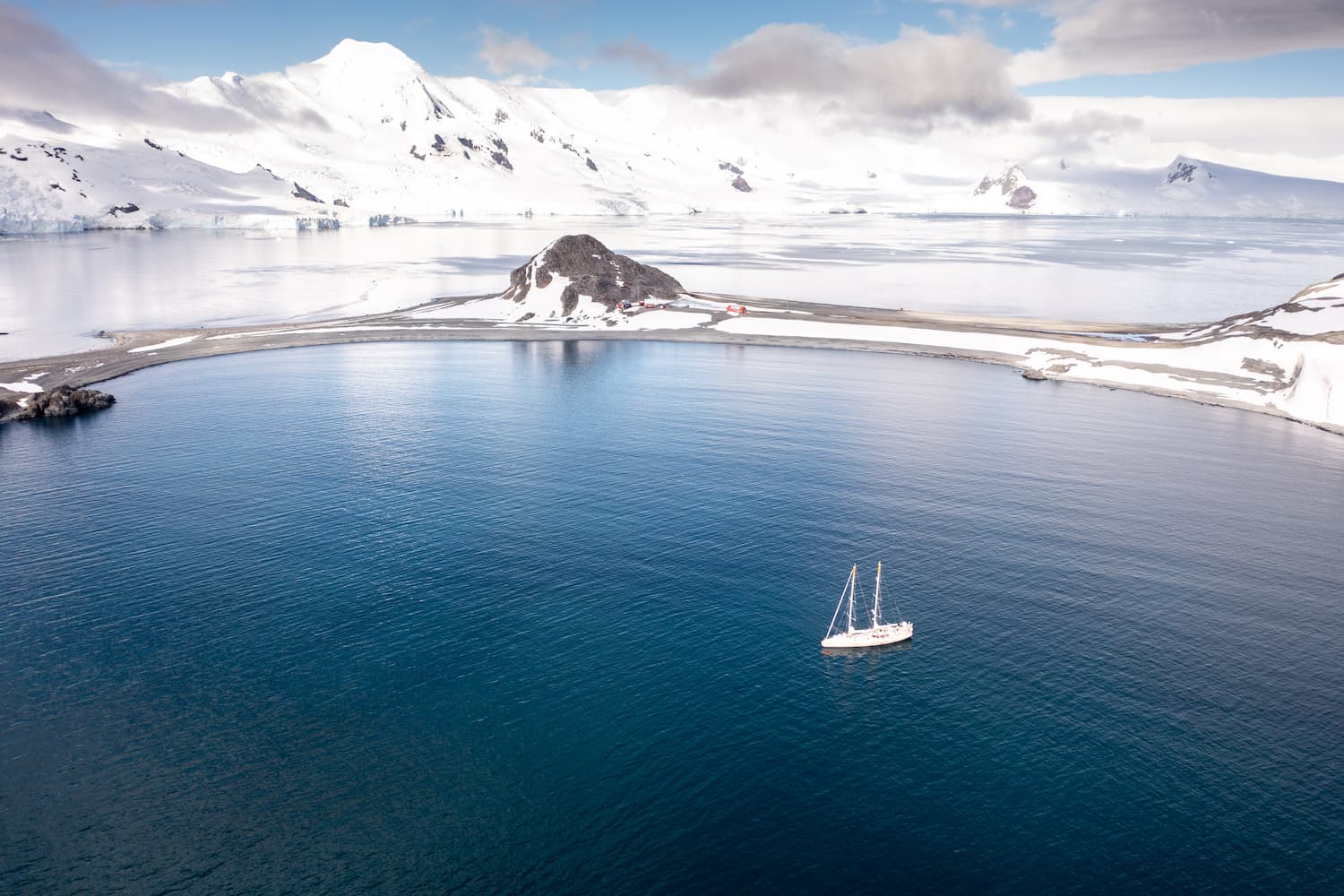Part 3 of the Microbiome mission: the schooner Tara samples the West African coast for 5 months
After traveling more than 53,000 km, the schooner begins the last stage of the Microbiome mission: studying the West African coast. For the past year and a half, the laboratory ship explored Chilean, Caribbean, Brazilian and Argentinian waters, then carried out a mission in Antarctica’s Weddell Sea.
The scientific team will complete its demanding program by studying areas that are among the most productive in micro-organisms on the planet, such as the Benguela current and the Senegalese coasts and will analyze the influence of 3 of the main African rivers on the Atlantic Ocean.
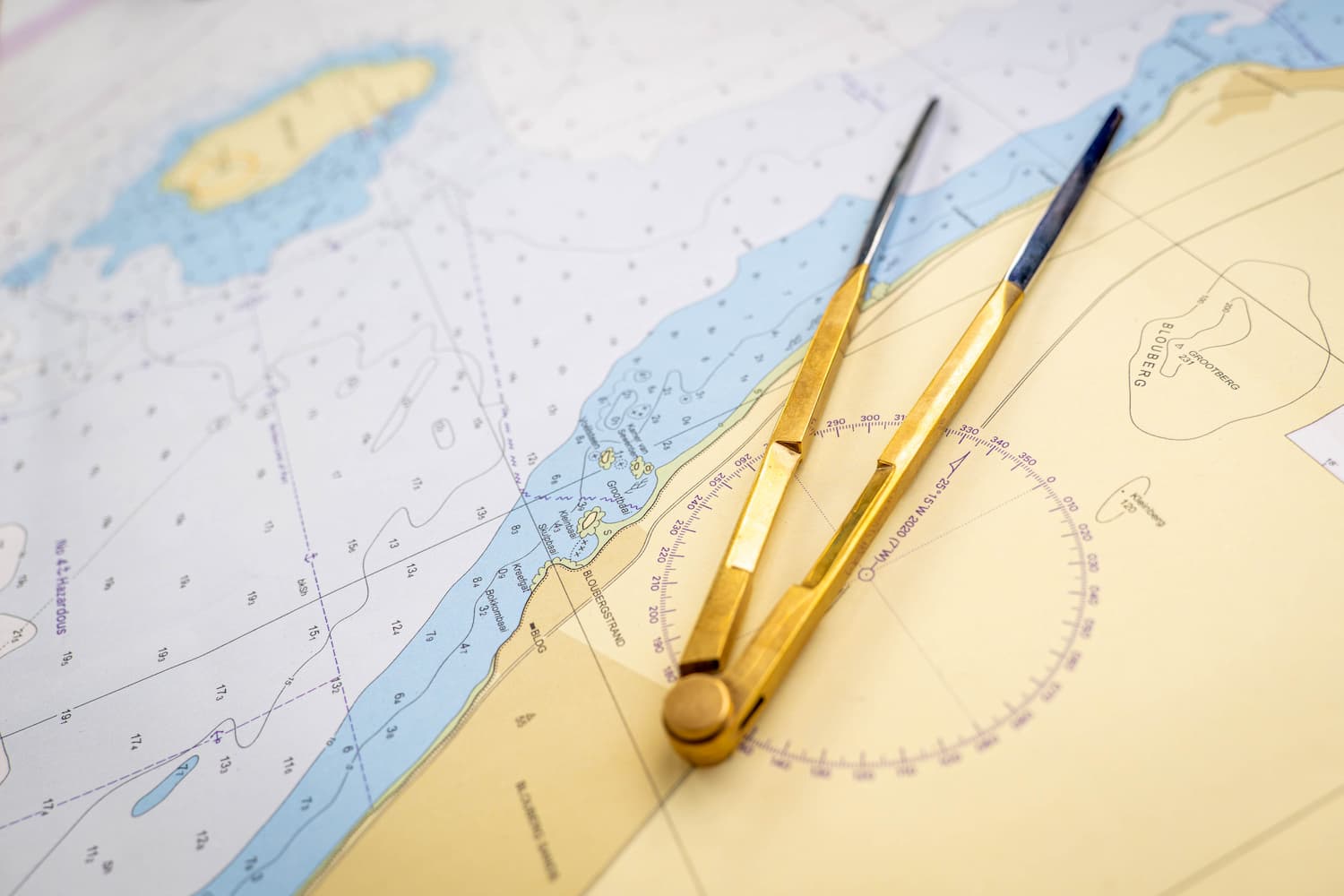
An ambitious scientific program in West Africa
For 5 months, the schooner will stopover in 7 African countries: South Africa, Namibia, Angola, Democratic Republic of Congo, Republic of Congo, Gambia and Senegal.
During this presence along the African coasts, the Tara Ocean Foundation and associated research institutes will delve into 3 major scientific projects:
The first phenomenon studied will be the Benguela current, which rises from South Africa towards the coasts of Namibia and Angola. To the south, the waters of the Atlantic mix with those of the Indian Ocean, causing multiple whirlpools that reach as far as Brazil. Along these coasts, cold waters rising from the depths, also called upwellings, bring nutrients to the surface. Very productive in terms of fish because it is very rich in nutrients, the Benguela Current has an abundant and varied ecosystem. It has considerable influence over the South Atlantic Ocean.
The second major subject of study will be the analysis of the impact of certain major African rivers— the Congo, Orange, Gambia and Senegal rivers — on the Atlantic Ocean. The scientific team will study the effect of the supply of nutrients present in these rivers — in particular, iron for the Congo River. Sources of plastic pollution will be quantified and analyzed for different types of plastic, to understand their fragmentation in rivers and finally to know the impact of this pollution on the marine microbiome.
Finally, the researchers will study a third zone where one of the 3 most powerful upwellings in the world occurs, after Chile and Angola. These seasonal phenomena have a strong impact on marine biological production and consequently on local and even international fishing activity. This area is host to many distant countries and is also over-fished. The schooner will study this area outside the very active upwelling seasons in order to carry out a comparative study with the data collected during the upwellings.
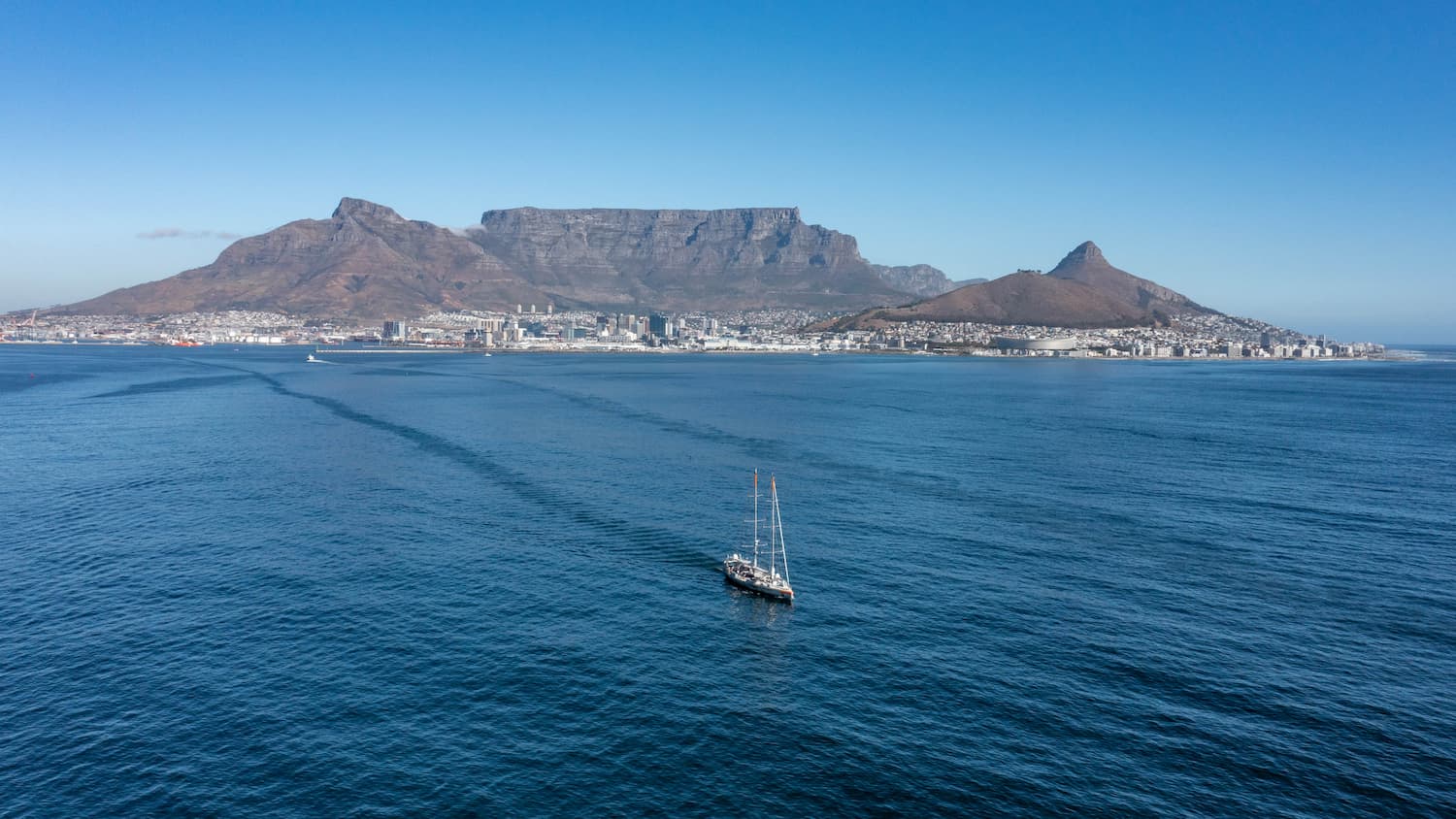
Research areas from Cape Town in South Africa, to Walvis Bay in Namibia
Previous studies suggest that the availability of certain nutrients in the Ocean can directly influence the microbiome. In turn, these differences can translate into changes in the ecosystem provided by microorganisms. However, scientists do not have a complete understanding of the interactions between the microbiome and its environment. To add even more complexity, little is known about the composition and diversity of the microbiome in the Atlantic Ocean and on the west coast of Africa.
Scientists would like to understand the biogeography of the marine microbiome on African coasts and how it changes according to various environmental factors. They will carry out sampling to study microorganisms and environmental variables in order to shed light on the co-limitation of nutrients in the South Atlantic.
Study of the Orange River and the Namib Desert in Namibia
In Namibia, scientists want to observe how the Orange River affects the marine microbiome. The Orange, 2,160 km long, is the longest river in South Africa. It has its source in the Drakensberg mountains, crosses South Africa to the west, to join the Atlantic Ocean.
The study focuses on the potential positive or negative effect on the marine microbiome of winds coming from the land, more precisely from the Namib desert located in the south-west of Namibia, considered to be the oldest desert in the world.
An important mining activity in the north of Namibia also poses questions to the scientists. Could this activity have effects on marine communities? Samples will be taken to analyze these impacts.
At the same time, the quantity of microplastics will be studied on all the samples.
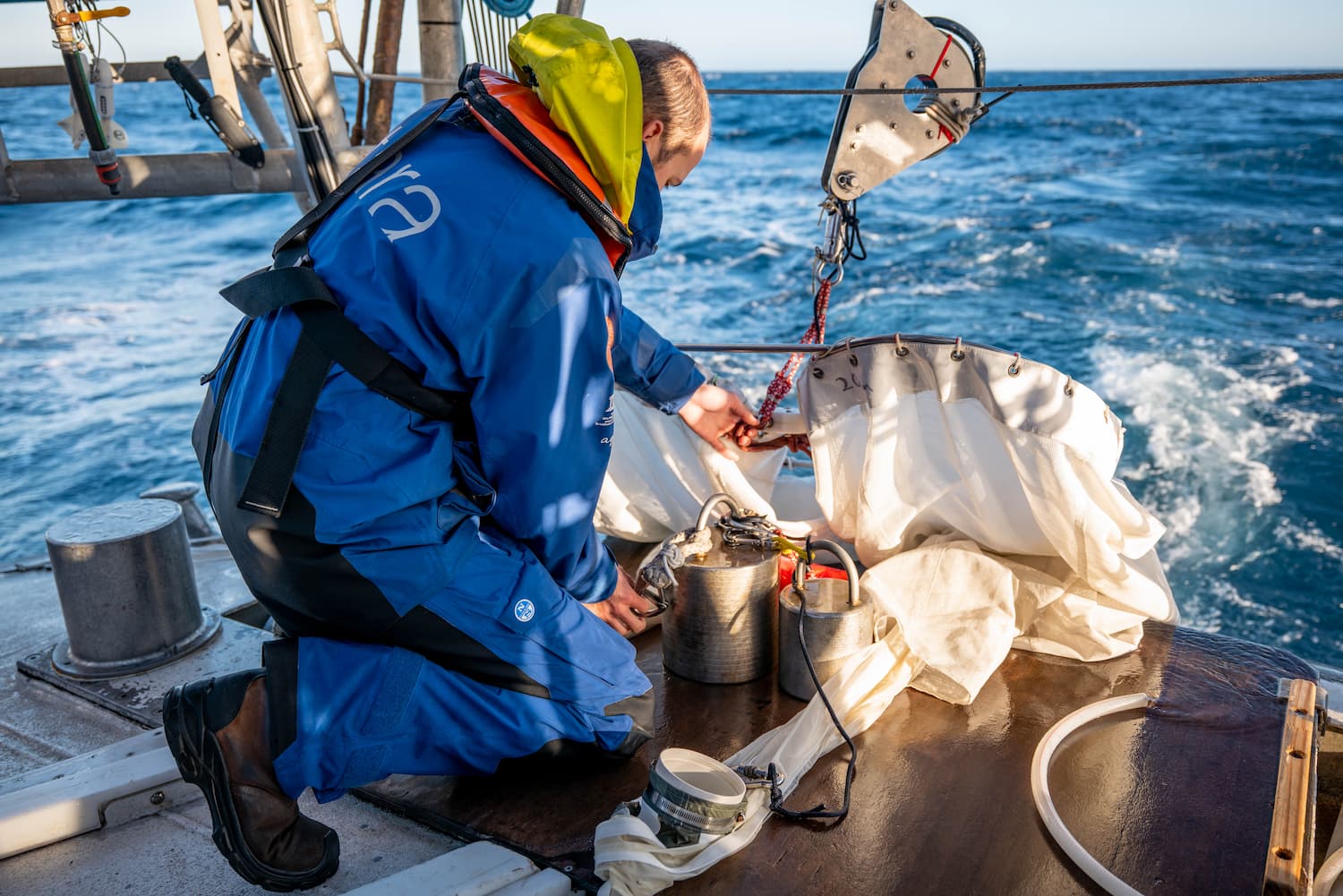
Study of the upwelling phenomenon
An upwelling or rising water is an oceanographic phenomenon that occurs when strong winds push the surface water, forming a void where bottom water can rise, accompanied by a large amount of nutrients.
The scientists will take samples in the Benguela upwelling region, one of the most productive in the Ocean, to analyze the behavior of microorganisms when the oxygen level decreases. They want to verify the following hypothesis: a large number of phytoplankton populations die in this area during upwelling phenomena.
Scientific protocol: measurement of the nitrification rate
During this study, the nitrification rate will be measured at all the sampling stations. The nitrification mechanism is the basis of the nitrogen cycle in the ocean. It is a biological phenomenon that leads to the formation of nitrates from ammonia in the presence of oxygen. Nitrate is a nutrient that can be used by phytoplankton. The scientists will therefore follow the rate of transformation from ammonium to nitrate and analyze whether certain changes in conditions (upwelling, river, desert, mining activity) affect this rate of transformation.
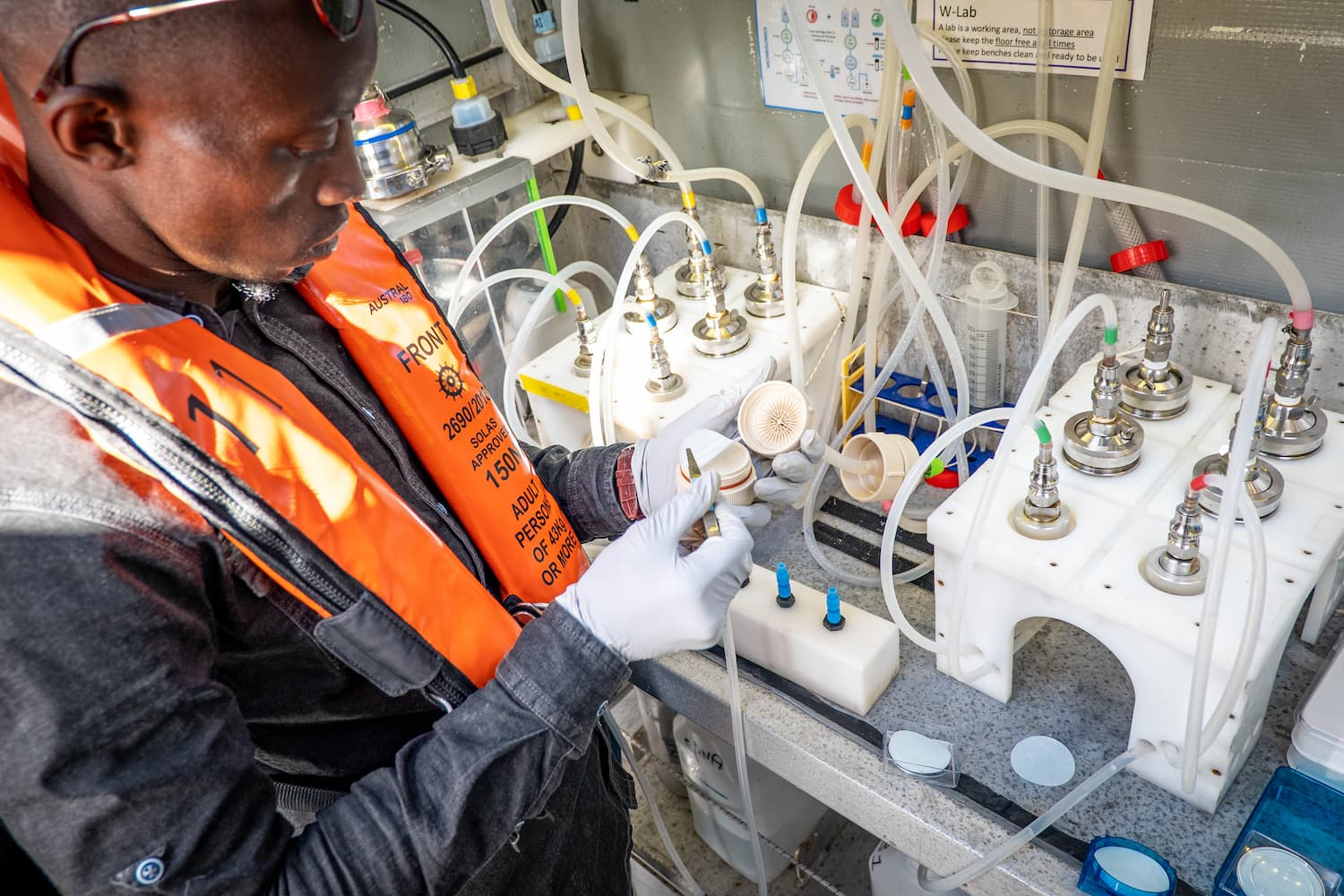
Research areas from Walvis Bay in Namibia, to Matadi in the Democratic Republic of the Congo
For this part of the expedition, which begins in Walvis Bay and ends in Matadi, the scientists have established several transects (virtual or physical lines that are put in place to study a phenomenon) along the coasts of Namibia, Angola and Congo and will take samples from river tributaries.
Congo River Study
The Congo River is the second longest river in Africa (4,371 km) after the Nile, and the second in the world for its flow (75,000 m3/s at its mouth) after the Amazon River, which the scientists of the Microbiome mission sampled during this mission.
For this study, samples are taken along the Congo River to assess the effects of nutrients (for example, through agricultural runoff) on the microbiome.
Scientific protocol: a network of CTD probes
A network of CTD probes is deployed on board the schooner to collect water from predefined locations.
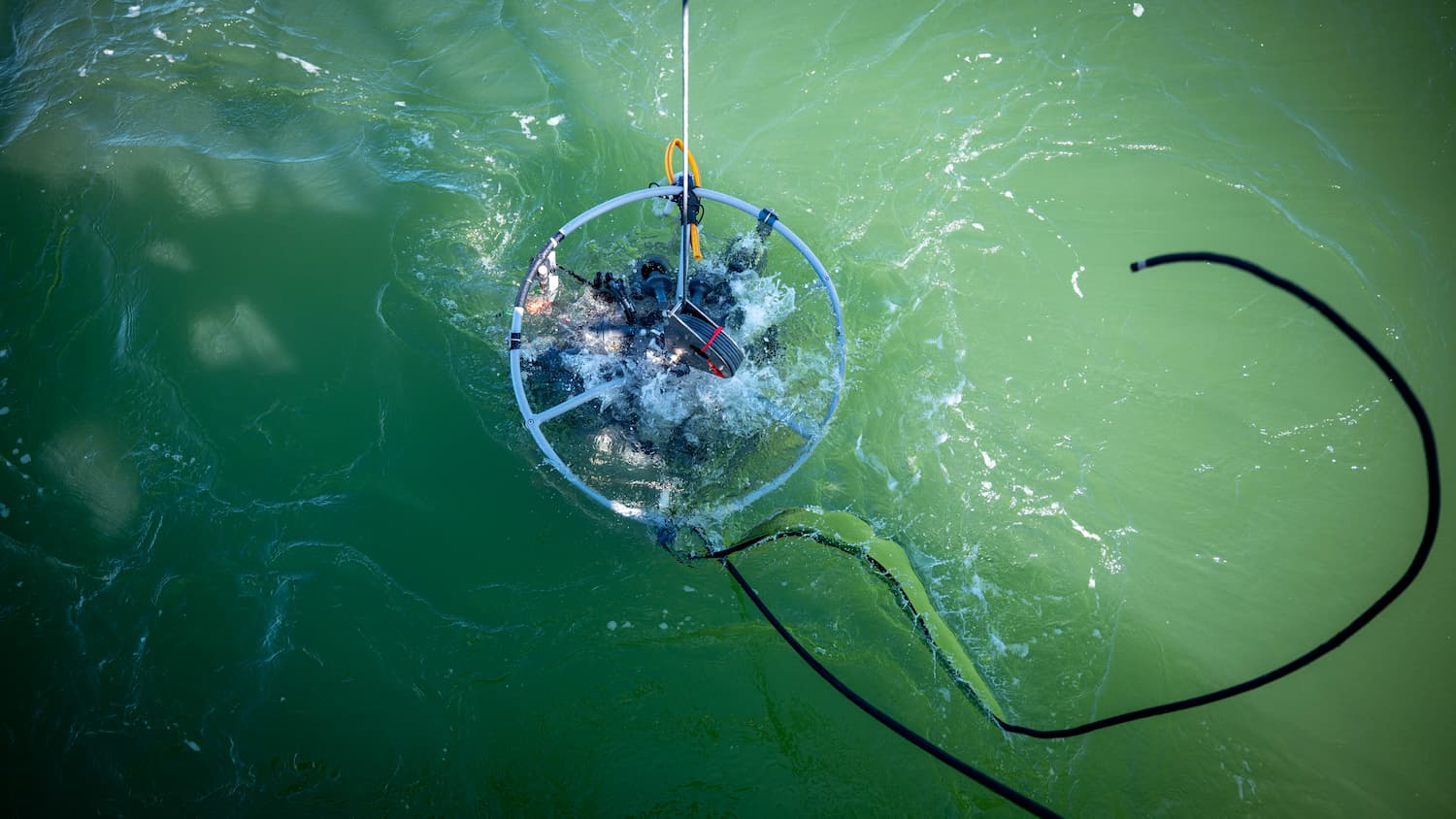
This water will be passed through filters of different sizes to characterize the microorganisms using different techniques:
- metagenomics: technique for sequencing and analyzing the DNA contained in an environment.
- metatranscriptomics: technique for sequencing and analyzing the RNA contained in a milieu.
- metabolomics: a technique that seeks to identify and quantify exhaustively all the metabolites of a biological system. All living beings – cells, animals, plants, fungi – have a metabolism (at the origin of metabolites), that is to say a set of biochemical reactions that take place in an organism.
- metaproteomics: technique for identifying and quantifying proteins in biological samples.
Water samples are also used for nutrient analysis. Sample processing is done on board and other experiments will be performed in the laboratory.
